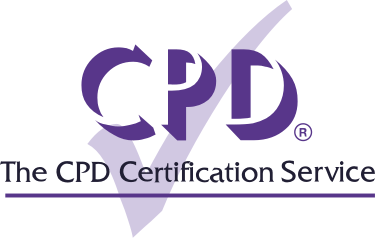When applying for a job, people often focus a lot of time making sure their C.V is well structured, well designed and as informative and persuasive as possible. This is no doubt a crucial step, however one underlooked element is the importance of a strong cover letter in building a good first impression with a potential employer.
A cover letter tends to be opened before the C.V, making this your first opportunity to impress – it doesn’t even have to be sent as a separate attachment, you can treat what you write in the body of your email as a “cover letter” of sorts.
There are, however, some important do’s and don’t’s when writing a cover letter, which we’ve outlined for you below.
Personalise your cover letter
When applying for multiple jobs, it can be easy to fall into the trap of recycling the same letter or using a generic template. While this may save you time, it’ll inevitably decrease your success rate.
Making sure that the cover letter is personalised to the specific job you are applying for is a must, as it shows you have taken time and effort in your application, plus it helps you stand out from the rest of the applicants in the field. Simple Google searches will give you key bits of information to include – the name of the hiring manager, when the company was founded, an overview of the culture, to name but a few.
Plus, you’d be surprised at how quickly a hiring manager can spot a generic letter!
Don’t just repeat what’s on your CV
Your cover letter should be treated as an extension of your C.V, not a direct copy of it. This is your chance to let your personality shine through and to add more depth to your character, on top of your aptitude.
If you have experience that is relevant to that specific job, then do make sure to mention it. However also focus on ensuring your passion for the role comes through, and give more of an insight into who you are as a person.
Don’t go on the charm offensive
As we’ve outlined, when trying to make a good impression it’s important to show you want the job and that you respect the company. But trust us, it is also possible to come across too strong!
Don’t overdo it with the praise and flattery – you don’t want to come across as insincere or sycophantic. Make sure that any praise is professional and that it’s related solely to how it fits with your own beliefs and experience.
Keep it succinct
Much like when writing a C.V, a concise cover letter is best. You should be aiming for around one page of A4 (300-400 words maximum), giving you enough space for relevant details about your experience and application, and then providing contact details.
Having a cover letter that is multiple pages long is at best likely to turn a potential employer off, and at worse likely to not be read at all.
Spell check
Yes, it may seem obvious, but you’d be surprised at how many people don’t take this final step.
Before pressing send on that email, make sure you’ve run your cover letter through a spell check and have given it a thorough read through to check for typos and grammatical errors. And always double-check that you’ve got the hiring manager’s name correct – first impressions really do count!
We hope this article was helpful. Please visit the CPD Industry Hubs for more CPD articles, courses and events relevant to your Continuing Professional Development requirements.
Become a CPD accredited provider
Established in 1996, The CPD Certification Service has over 27 years’ experience providing CPD accreditation. With members in over 100 countries, our CPD providers benefit from the ability to promote themselves as part of an international community where quality is both recognised and assured.
If you are interested in offering training courses, seminars, workshops, eLearning, or educational events suitable for Continuing Professional Development, please visit the Become a CPD Provider page or contact our team to discuss in more detail. Alternatively, if you are looking for a free online CPD record tool to help manage, track and log your ongoing learning, as well as store your professional training records and attendance certificates in one simple place, go to the myCPD Portal page.













